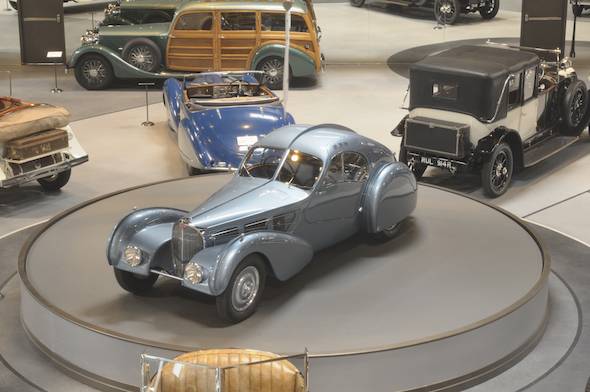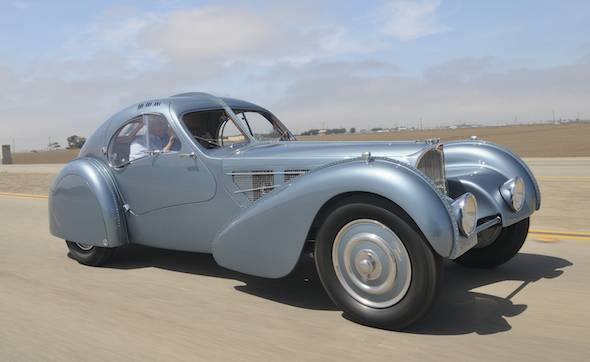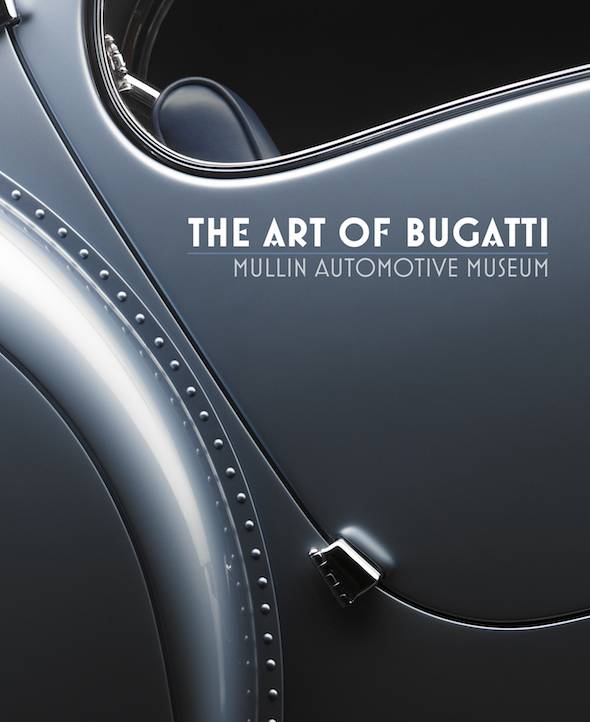The mysterious identity of the new owner of the world’s most expensive car took a suspicious twist last week when the Mullin Automotive Museum in Oxnard, California announced that it would temporarily exhibit the 1936 Bugatti Type 57SC Atlantic that was sold last May in a private transaction orchestrated by auction house Gooding & Company. Shrouded in a veil of confidentiality, the sale of the ultra-rare and long esteemed French collector car is regarded by most experts to have likely been in the range of $30 to $40 million. The somewhat dramatic turn of events began on May 4, when the Wall Street Journal reported that the purchaser was, in fact, the Mullin Museum, an assertion that institution representatives quickly denied. In a prepared response detailing the museum’s official position, curator Andrew Reilly theorized that the institution and its namesake founder, longtime collector par excellence Peter Mullin, were mistakenly assumed to be the new owners after word leaked of their discussion with the actual owner regarding the possibility of exhibiting the car.
Following the denial, of course, conjecture immediately abounded that while the Mullin Museum might not officially own the vehicle, the possibility remained that Peter Mullin had bought the car personally with no documented connection to his museum, illustrating the murky gray area of financial complexities posed by simultaneously owning a multi-million dollar car collection and a public non-profit institution created to display it. Certainly, the images of Mr. Mullin leaning on and driving the car that were circulated by his public relations representatives last week do little to dispel speculation that he is, indeed, the car’s actual owner. If that proves to be the case, the next obvious question begs why a man who so publicly embraces his passion for collecting would shy away from owning up to such a purchase? In all likelihood, that question would be more easily answered by an employee of the IRS than any of the numerous car collecting luminaries who have so rapturously opined about the prized Atlantic in recent media coverage.
In a somewhat related development, Mullin and his museum made news again this week with the release of a new coffee table book that highlights the portion of his collection focused on the prewar automobiles and Art Deco furnishings of the prolific Bugatti family. In addition to owning several cars produced by Ettore Bugatti’s company, Mullin owns furniture crafted by the automotive maestro’s father Carlo, and sculptures by his brother Rembrandt. Retailing for $95, the slick large-format volume is titled The Art of Bugatti: Mullin Automotive Museum, and will initially be available for purchase at this weekend’s Quail Motorsports Gathering and Pebble Beach Concours d’Elegance. The book is co-written by Bugatti’s in–house historian Julius Kruta and noted French car expert Richard Adatto, a regular Pebble Beach judge whose previous books on Delage and Delahaye significantly featured various cars owned by Mullin. The Art of Bugatti also offers new images by Michael Furman, the well-known automotive photographer whose books have also retailed at Pebble Beach in recent years. Given that the book’s cover seems to depict the side of the 1936 Atlantic, it may prove increasingly futile for Mullin to deny ownership of the car. After all, it’s difficult to imagine that a man who would publish a book about his own collection would put someone else’s car on the cover…
All photos except book cover by David Newhardt.
























